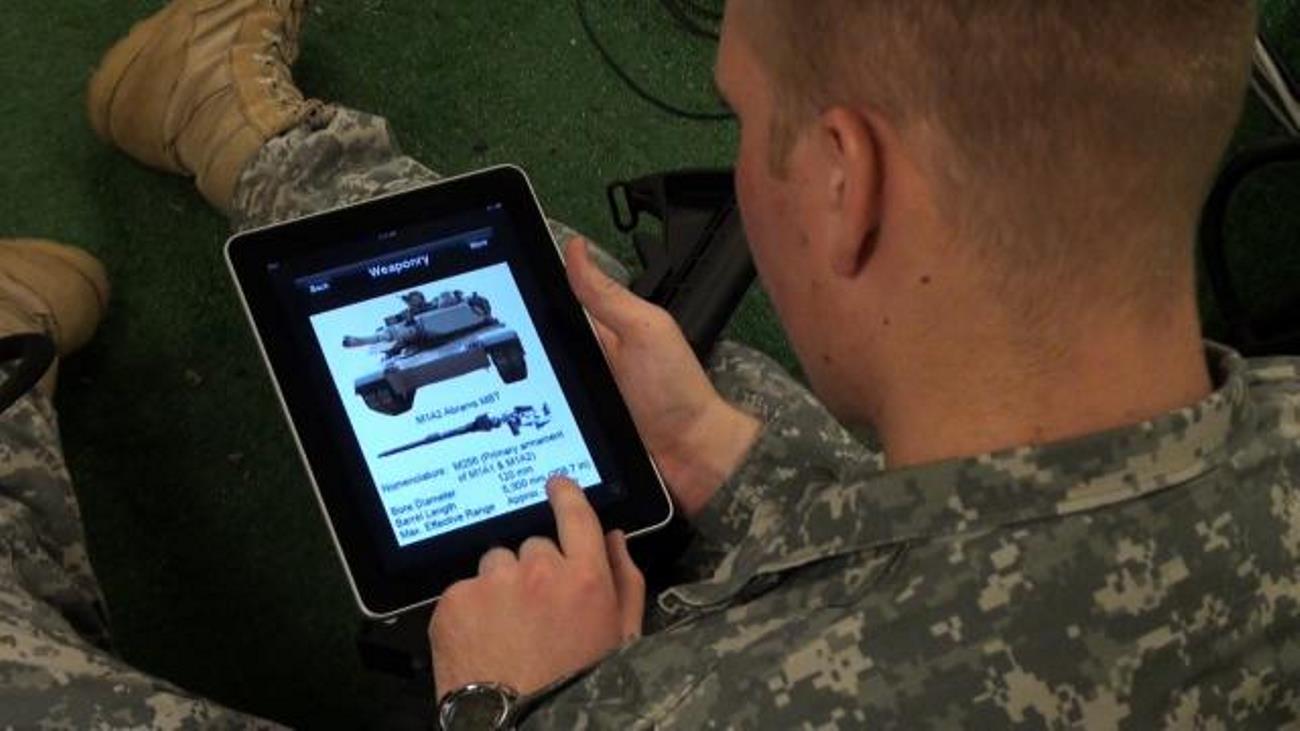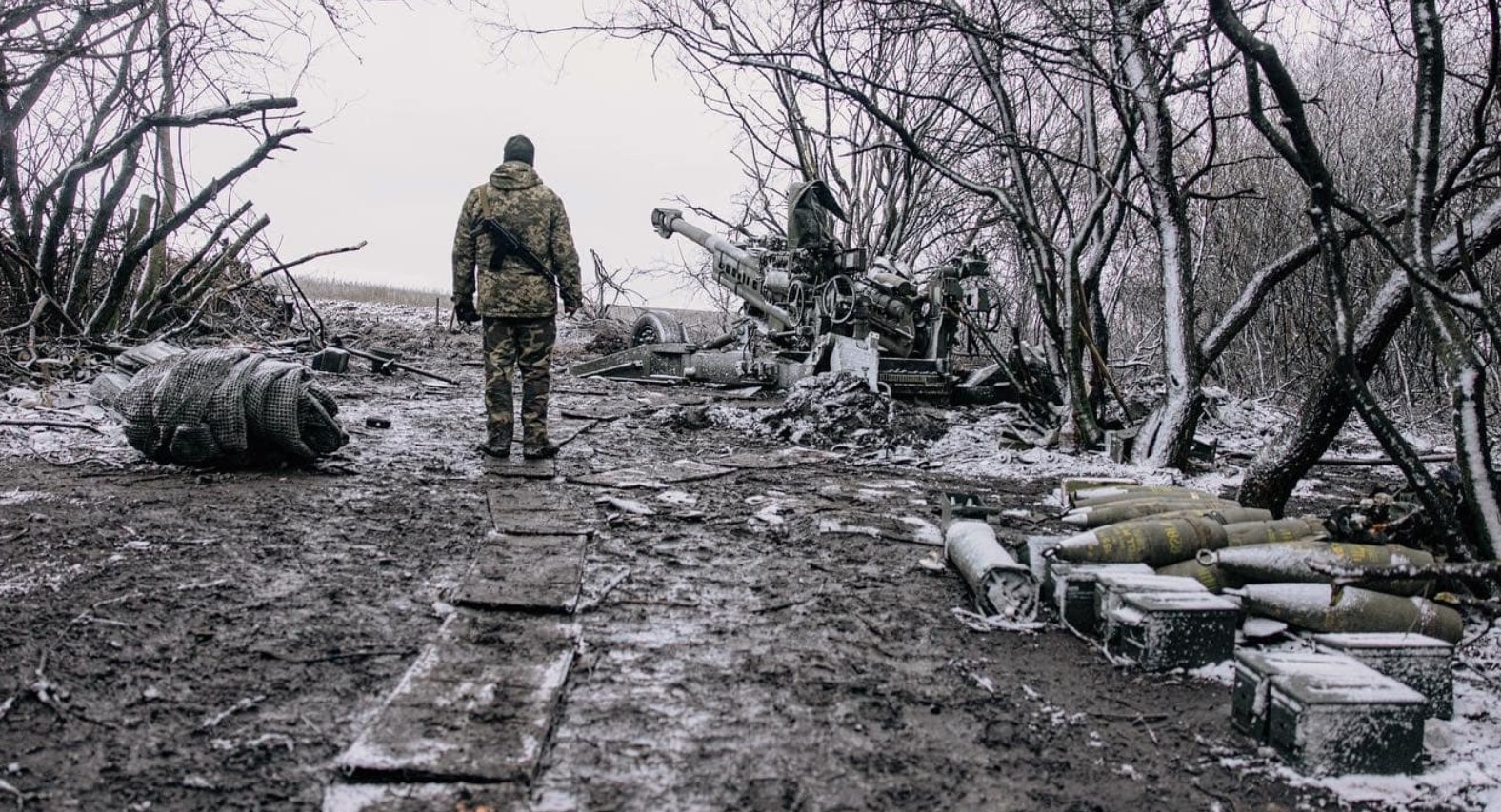
United States sets up “support helpline” for the Ukrainian Armed Forces artillerymen
The U.S. military has created encrypted chatrooms to contact Ukrainian troops on the battlefield.
From Poland, through translators, the Allies provide answers to maintenance requests for Western equipment.
Groups of American and allied troops and technical specialists are involved in the chatrooms.
This “support helpline” was discovered and reported by journalists of the Associated Press.
The more sophisticated and high-tech weapons the United States and other allies supply to Ukraine, the more questions on the “helpline” from the Ukrainian military arise.

As neither the United States nor other NATO countries can send their military to the country to provide practical assistance, they have switched to online chats.
The most frequent questions concern the repair of artillery systems on the front line.
Just a few months ago, the so-called “remote maintenance team” was slightly over 50 people. In the coming weeks, this number will reach 150.
The number of encrypted chat lines has more than tripled since last fall, from about 11 to 38 at present.
The allies expect that the “online help line” will continue to evolve as Ukrainians are provided with new sophisticated weapons.
“A lot of the times we’ll get calls from right there on the firing line… at the same time you’re trying to help the forward maintainers troubleshoot the best they can,” said the U.S. military from the repair brigade.
Sometimes, according to him, the chat has to wait up until the Ukrainian military moves to a safer place.
The key problem, as one of the officers explains, is that Ukrainian troops are pushing weapons to the limit.
“They’re using these systems in ways that we didn’t necessarily anticipate. We’re actually learning from them by seeing how much abuse these weapon systems can take, and where’s the breaking point,” said the officer.
Through these chatrooms also maintain contact with repair shops in Ukraine itself.
“A lot of times if they’re on the front line, they won’t do a video because sometimes (cell service) is a little spotty. They’ll take pictures and send it to us through the chats and we sit there and diagnose it,” said a U.S. maintainer.
There were times, he said, when they’ll get a picture of a broken howitzer, and the Ukrainian will say, “This Triple 7 just blew up — what do we do?”

“They couldn’t do titanium welding before, they can do it now,” said the US soldier, adding that “something that was blown up two days ago is now back in play.”
Doling out advice over the chats means the US experts have to diagnose the problem when something goes wrong, figure out how to fix it, then translate the steps into Ukrainian.
Looking to the future, they are planning to get special devices for fast translation.
One wall in their maintenance office is covered with many colored stickers to help track the maintenance needs of Ukrainians.
The team in Poland is part of a logistics network that stretches across Europe and is constantly expanding.
Countries and manufacturers quickly compile manuals and technical data that can be translated and sent to Ukrainians.
Then they set up stocks of spare parts and deliver them to locations near the borders of Ukraine, from where they can be sent to the battlefield.
The hub for the growing logistical effort is at Lucius D. Clay Kaserne, the U.S. Army base in Wiesbaden, Germany.

There, the international coalition coordinates actions to find equipment, weapons and spare parts in other countries that Ukraine needs.
They then plan out deliveries – by sea, air and ground routes – to the border areas, where everything is loaded into trucks or trains and goes to Ukraine.
At least 17 countries have representatives at the so-called International Donor Coordination Center.
And as the number and types of equipment grow, the center is working to better combine donations from the U.S. and elsewhere.
It should be recalled that Poland has launched a large-scale repair operation aimed at returning damaged Ukrainian artillery and armored vehicles to the battlefield.
SUPPORT MILITARNYI
Even a single donation or a $1 subscription will help us contnue working and developing. Fund independent military media and have access to credible information.


 Роман Приходько
Роман Приходько 
 Віктор Шолудько
Віктор Шолудько 
 Андрій Харук
Андрій Харук 

 Андрій Тарасенко
Андрій Тарасенко 
 Yann
Yann 
 СПЖ "Водограй"
СПЖ "Водограй" 

 ГО "Військова школа "Боривітер"
ГО "Військова школа "Боривітер" 

 Катерина Шимкевич
Катерина Шимкевич 
 Олександр Солонько
Олександр Солонько 
 Андрій Риженко
Андрій Риженко 




